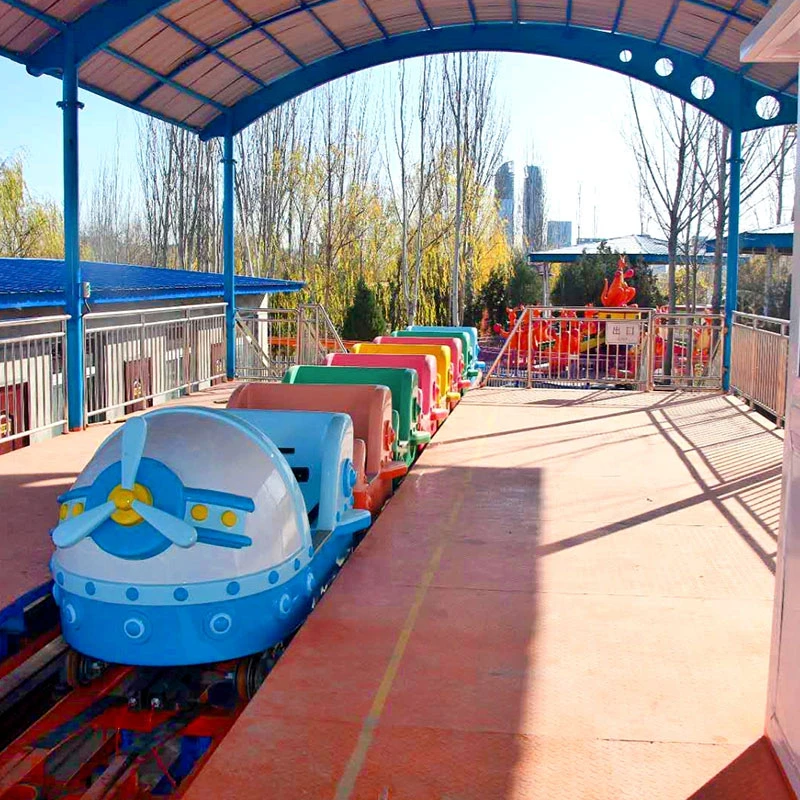- Albanian
- Arabic
- Belarusian
- Bengali
- Czech
- English
- French
- German
- Hebrew
- Hungarian
- Indonesian
- irish
- Italian
- Japanese
- kazakh
- Persian
- Russian
- Thai
- Uzbek
- Vietnamese
Exploring the Design and Benefits of Steel Pier Wheel Structures in Modern Engineering
The Enigma of Steel Pier Wheels Engineering Marvels in Motion
Steel pier wheels represent a bridge between engineering excellence and entertainment, serving as a vital component in various amusement parks, piers, and waterfronts around the world. These colossal structures invite thrill-seekers and families alike to experience the joy of riding high above the ground, all while showcasing remarkable feats of engineering and design. This article explores the history, construction, and cultural significance of steel pier wheels.
A Historical Overview
The concept of the ferris wheel can be traced back to the 19th century. The first-ever large-scale ferris wheel was constructed in 1893 for the World's Columbian Exposition in Chicago. Designed by George Washington Gale Ferris Jr., this massive structure stood at 264 feet tall and was an engineering marvel of its time. Over the decades, the design has evolved into various forms, yet the essence remains intact—offering a breathtaking panoramic view while providing an exhilarating ride.
Steel piers, characterized by their robust framework and extended reach over water bodies, have also undergone transformation. Originally built as structures to accommodate ship docking and fishing activities, they have soon embraced the trend of recreational leisure. Today, numerous steel pier wheels dot coastlines, blending functionality with entertainment.
The Engineering Behind Steel Pier Wheels
Constructing a steel pier wheel is not just about assembling metal; it requires a deep understanding of structural integrity, aerodynamics, and mechanical engineering. One of the most critical components is the wheel's design and the materials used to construct it. Steel is the preferred choice not only for its strength and durability but also for its resistance to corrosion—an essential property when exposed to saltwater environments.
The design typically consists of a circular frame with a series of gondolas attached at regular intervals. Engineers meticulously calculate load distribution, ensuring that each gondola holds the passengers securely while maintaining balance as the wheel rotates. The rotation mechanism is powered by heavy-duty motors, which must be precisely calibrated to handle the wheel's weight and the forces exerted by the riders.
steel pier wheel

Safety is paramount in the design and operation of steel pier wheels. Regular inspections and maintenance protocols are in place to ensure all components function correctly. Advanced technologies are employed to monitor stress points and detect wear and tear ahead of time, minimizing the risk of accidents.
Cultural Significance and Community Impact
The cultural significance of steel pier wheels transcends their physical presence. They are often viewed as iconic landmarks, providing a unique skyline feature that enhances the beauty of waterfronts. The imagery of a brightly lit ferris wheel against the backdrop of a sunset offers an immersive experience for visitors, creating lasting memories.
Moreover, steel pier wheels serve as economic engines for local communities. They attract tourists, boosting revenues for nearby businesses such as restaurants, shops, and hotels. Festivals and special events often incorporate rides on these wheels, further solidifying their role in community engagement and entertainment.
In recent years, sustainability has become a focal point in the development of new installations. Many modern steel pier wheels incorporate eco-friendly designs that utilize renewable energy sources and minimize the environmental footprint. This progressive approach not only enhances the attraction but also educates visitors on the importance of sustainability in today's world.
Conclusion
Steel pier wheels stand as a testament to human ingenuity, symbolizing the intersection of engineering and recreation. From their historical origins to their modern-day iterations, these grand structures continue to captivate audiences young and old. They not only offer breathtaking views and thrilling experiences but also play significant roles in local economies, cultural identity, and the promotion of sustainable practices. As we look towards the future, one can only imagine how these wheels will evolve, potentially becoming more immersive and environmentally friendly, while retaining the simple joy of a ride above the ground. Steel pier wheels are not just rides; they are landmark experiences that blend history, engineering, and community spirit all in one thrilling ascent.
-
Flume Ride-Hebei Zhipao Amusement Equipment Manufacturing Co., Ltd.|Thrilling Water Attraction&Customizable DesignJul.30,2025
-
Flume Ride - Hebei Zhipao Amusement Equipment | Water Coaster, Thrilling DescentJul.30,2025
-
Flume Ride - Hebei Zhipao | Thrilling Water AttractionJul.30,2025
-
Flume Ride: Thrilling Water Attraction by Hebei Zhipao|Log Flume Manufacturers&Flume Ride DesignJul.30,2025
-
Flume Ride-Hebei Zhipao Amusement Equipment Manufacturing Co., Ltd.|Thrilling Water Coaster, Safe DesignJul.30,2025
-
Flume Ride-Hebei Zhipao Amusement Equipment Manufacturing Co., Ltd.|Thrilling Water Attraction, Safe DesignJul.30,2025
